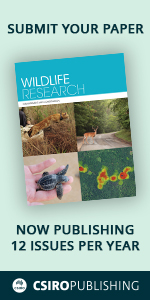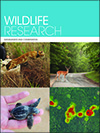
Wildlife Research
Volume 50 Number 1 2023
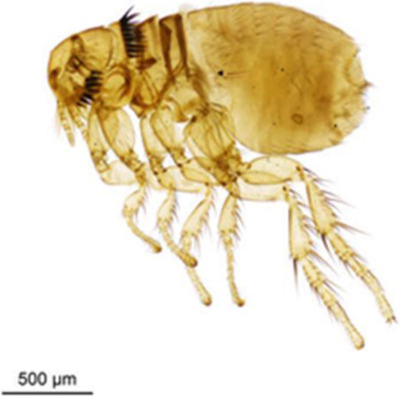
European rabbit fleas, Spilopsyllus cuniculi (Dale), enhanced myxomatosis as a biological control agent in Australia. They spread myxoma virus among young rabbits in early spring, causing extremely high mortality, reducing grazing pressure, increasing the availability of pasture vegetation in early summer. New insights into the interactions between virus virulence and food quality that determine rabbit abundance are provided. Photograph from ‘Distribution of British Fleas’ (https://britishfleas.myspecies.info/).
WR21154 Abstract | WR21154 Full Text | WR21154PDF (1.1 MB) Open Access Article
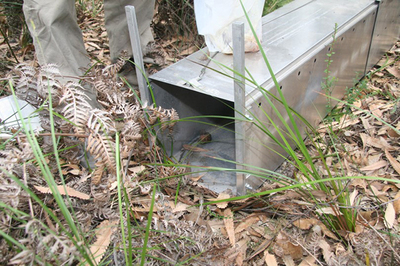
Different wildlife sampling methods may provide various impressions of the extent of occurrence or occupancy of any given species, and influence views on the benefit or otherwise of management interventions. Therefore, multiple survey methods are expected to provide better insights into how native species respond to management actions. This study showed that different survey methods result in different inferences regarding management effects on lace monitors. Photograph by Tim Jessop.
WR22012 Abstract | WR22012 Full Text | WR22012PDF (2.1 MB) | WR22012Supplementary Material (612 KB) Open Access Article
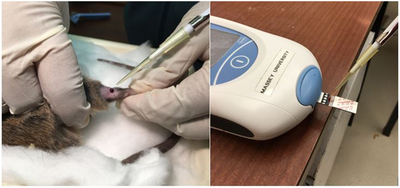
In this study we determine the effective dose (ED50) of brodifacoum for ship rats from an area with no history of brodifacoum use to establish a blood-clotting response test for assessing resistance in areas where brodifacoum has been used extensively. The ED50 of brodifacoum was estimated to be 6–8 times the published lethal dose of brodifacoum in New Zealand, suggesting brodifacoum resistance may develop even in areas of negligible or low brodifacoum use that are spatially connected to other areas where these poisons are used. Photograph by Jaskaran Dhillon.
WR21064 Abstract | WR21064 Full Text | WR21064PDF (1 MB) Open Access Article
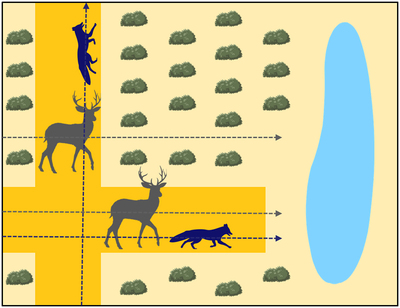
Roads fragment landscapes, contribute to ecosystem degradation, and threaten biodiversity worldwide. We aimed to investigate if road orientation can influence the movement of animals within a landscape where water resources are spatially clustered and found that animals, especially ungulates, follow roads with orientations leading to limiting resources. We recommend considering road orientation for connectivity and roadkill mitigation actions. Image created by the authors.
WR21149 Abstract | WR21149 Full Text | WR21149PDF (1.4 MB) Open Access Article
WR21066Demographic estimates to assess the translocation of a threatened New Zealand amphibian
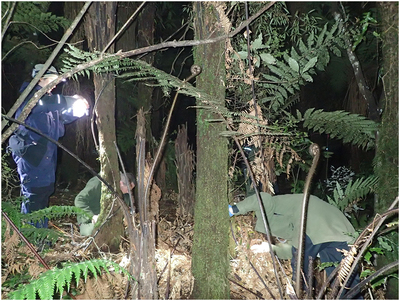
Population demographics are important to assess the establishment of translocated animals. We used capture–recapture monitoring data to estimate population density of a long-lived New Zealand anuran translocated for conservation purposes. Based on our results we concluded that the demographic performance observed on the translocated population is like that observed on other relict populations of the species. However, we recommend continued monitoring for another decade at least due to the longevity of the target species. Photograph by Javiera Cisternas.
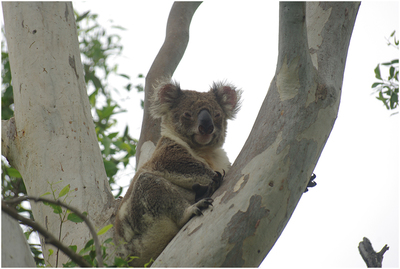
Koalas are a charismatic species with high reporting rates and established facilities for wildlife care. We analyse records of koala arrivals to such facilities to explore long- and short-term trends in arrival data. While there are shortcomings in terms of bias and data quality, analysis can provide important insights for guiding conservation efforts. Photograph by Douglas H. Kerlin.
WR21181 Abstract | WR21181 Full Text | WR21181PDF (1.3 MB) Open Access Article
WR21122Southern brown bandicoots, Isoodon obesulus obesulus, occupy the margins of artificial waterways, in preference to bushland remnants or roadside vegetation
 , David B. Bryant, Michele Kohout, Phoebe V. Macak, Khorloo Batpurev and Steve J. Sinclair
, David B. Bryant, Michele Kohout, Phoebe V. Macak, Khorloo Batpurev and Steve J. Sinclair 
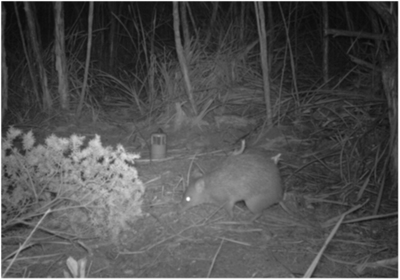
Like many threatened species, the Endangered southern brown bandicoot persists in modified landscapes. In our study area, located to the south-east of Melbourne, we found that bandicoot occupancy is higher along artificial waterways (drains) than along roadsides or within reserves. There is a potential conflict between habitat and vegetation management for bandicoots, weed control and maintenance of drains and associated levees. Photograph by remote camera.
WR21024Human influence on burrow activity of the Chinese pangolin in Nepal
 , Wendy Wright
, Wendy Wright  , Kyran Kunkel, Monsoon P. Khatiwada, Carly Waterman, Santosh Bhattarai, Hem S. Baral, Chiranjibi P. Pokheral and Fredrik Dalerum
, Kyran Kunkel, Monsoon P. Khatiwada, Carly Waterman, Santosh Bhattarai, Hem S. Baral, Chiranjibi P. Pokheral and Fredrik Dalerum
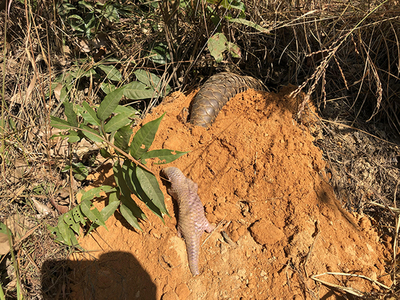
Human and wildlife are coming into greater contact because of increasing human footprint worldwide. In this article, we evaluated the human influence on burrow activity of the Chinese pangolin, a Critically Endangered species, heavily persecuted for subsistence and illegal trade. We found that anthropogenic activity does not appear to alter pangolin diel activity. We believe that the species’ nocturnal behaviour has made it tolerant to human activity, and hence vulnerable to poaching, because it allows pangolin to spatially co-exist with humans. Photograph by Ambika Pd. Khatiwada.



